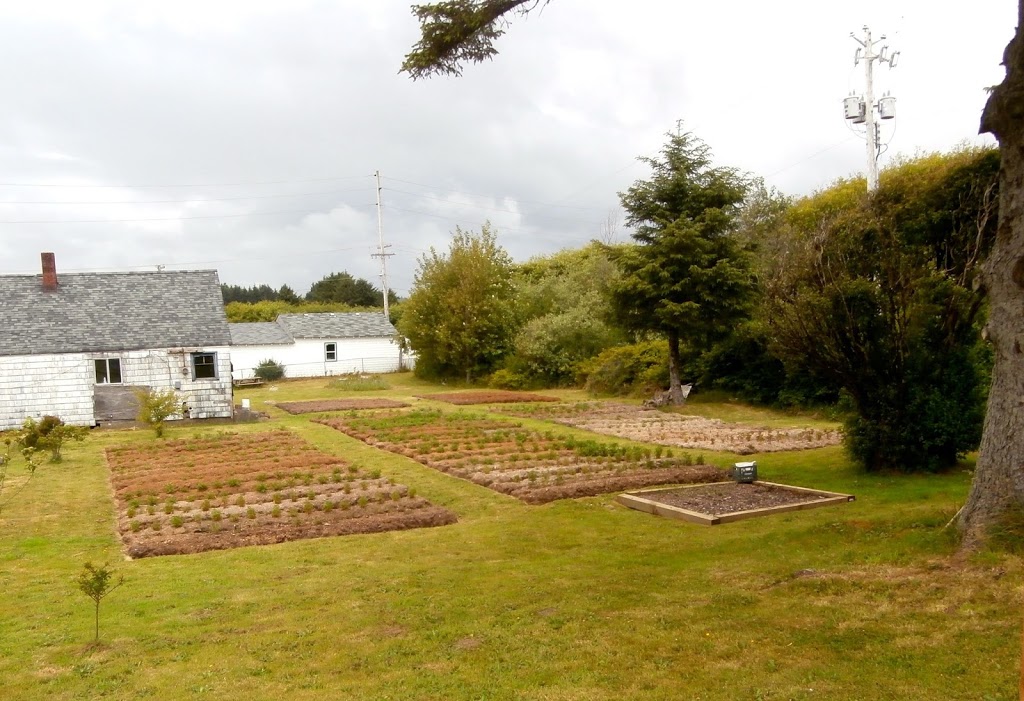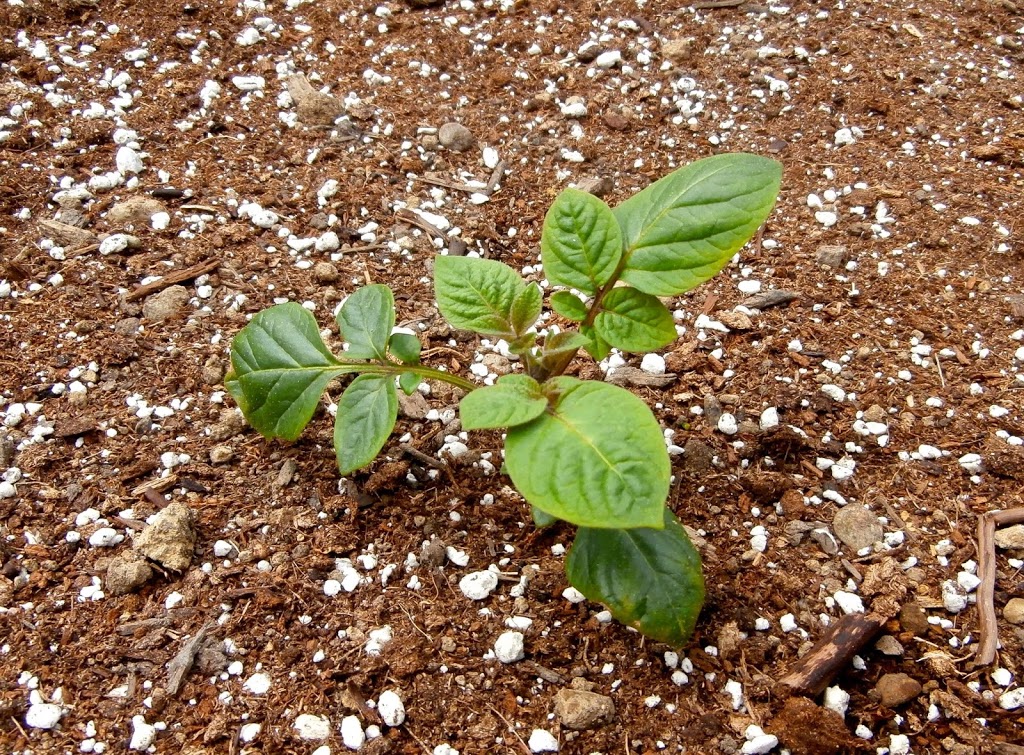No products in the cart.
Blog, potato (Solanum tuberosum), true potato seed (TPS)
Potatoes: Growing from Seed (Part 2)
Well, it took me a while to get back to this topic; that is how it goes in spring. We’ve been busy planting potatoes instead of writing about it.
In the first part of this post, I talked about growing potatoes from true seed and the biological facts of potato sexual reproduction. In this part, I will share our current strategy for growing potatoes from true seed.
I’ve formed our potato strategy around two key facts:
* Potatoes often take a longer time to grow from true seed than from tubers and produce lower yields as a result. (They also produce unpredictable phenotypes.)
* Potatoes grown from tubers accumulate disease and produce lower yields as a result.
The trick here is to grow potatoes from seeds and potatoes from tubers in a complementary fashion, so that the best possible yields are achieved consistently.
 |
| This year’s tuber beds. Seedling crops in far beds, propagation in back row, eating in front rows. (That is 57, 16 foot rows, or 912 row feet.) |
So, we are now working on a three year plan:
In the first year, we grow a seedling crop – small tubers from true seed. We do a first selection from these tubers and save them to use in the second year.
In the second year, we grow a propagation crop – planting the small tubers produced in the previous year in order to obtain the first crop of clones. We do a second selection from these potatoes and save them to use in the third (and future) years.
In the third year, we grow an eating crop – we simply plant the tubers again as you would any seed potatoes and maintain the line for as long as it remains healthy.
Obviously, these activities overlap, so in any given year, we are planting a seedling crop, a propagation crop, and an eating crop.
A fellow gardener asked how I would keep all the varieties straight. If one wanted to do so, it wouldn’t be terribly difficult to sort most potatoes based on appearance, but the simple answer is: I don’t intend to keep them straight. Unlike most of the plants that I do breeding work with, I grow potatoes only for our own consumption. There will be periods of time where I do need to keep the seedling and propagation crop sorted, so that we can select on criteria like flavor and storage life, but once a potato makes it to year three, no more tracking is necessary, as far as I’m concerned. Mixed potatoes will get planted out in the field, harvested when they are ready, and eaten according to our whims. As yields decline for a particular variety or as they succumb to disease and are pulled before producing a crop, those varieties will go extinct and be replaced with new varieties. We will keep an eye out for any varieties that are unusually good and track them individually, but most potatoes will not be so remarkable as to warrant such attention.
 |
| One of this year’s seeding potato plants. |
Because the potatoes are mixed in our garden, we have many opportunities for cross pollination, so we continue to collect potato seeds every year as well. Intermixing should also provide better protection against pests and disease, as they will not be able to spread as readily from one plant to another; there will often be a plant with some resistance mixed in. We have early potatoes next to late, blight resistant next to vulnerable, tasty to slugs vs. less tasty, etc. Farmers would not want to operate this way, for a variety of reasons, but for the gardener, there are many advantages.
I have further extended this model by mixing potatoes, oca, and mashua together as is apparently sometimes done in the Andes, which adds additional speed bumps for specialist pests and diseases.
The main objection that fellow gardeners have raised to this plan is that we will sometimes lose very good varieties. That is true, but we will also sometimes produce very good new varieties to fill the gap; in this case, to preserve the past is to delay the future. It is very human to seek immortality not only for ourselves but for our things. Of course, we’ll be frustrated in any such attempts. Unless you make your living growing 100,000 acres of Burbank Russets to be turned into frozen french fries, why not let nature roll the dice a little bit?
Want to learn more?
How to extract seeds from potato berries
A look at some potatoes grown from seed

4 thoughts on “Potatoes: Growing from Seed (Part 2)”